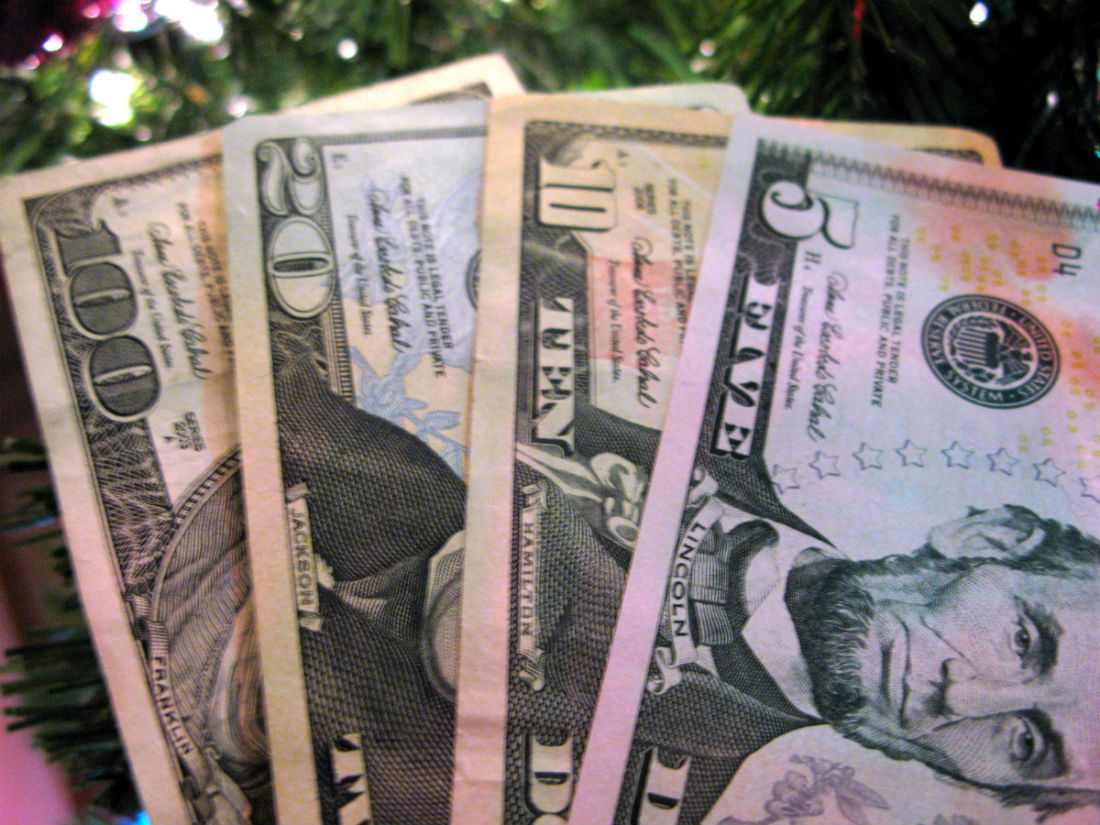By Alex Valentine
Consumer spending held up in September but confidence measures released last week showed U.S. consumers are growing wary about the economy.
The Conference Board’s consumer confidence index dropped 5 percentage points to 97 in October, from a downwardly revised 102.6 in September. Analysts predicted consumer confidence would increase to 102.9 in October.
The index is based on a survey of 5,000 consumers that asks about current and future business and employment conditions.
“Consumers were less positive in their assessment of present-day conditions, in particular of the job market, and were moderately less optimistic about the short-term outlook,” said Lynn Franco, director of economic indicators at the Conference Board, in a statement.
Consumer confidence is seen as an early indicator of the rate at which consumers will spend money, which comprises about 70 percent of the U.S. economy.
Despite the decline in confidence, Franco said consumers still rate current economic conditions favorably, but don’t expect the economy to strengthen much in the near-term.
The University of Michigan’s consumer sentiment index, released Friday, dropped from the preliminary October reading, but was higher than September’s level. The final reading of 90.0 failed to meet analyst expectations of 92.5.
“The October rebound from September was due to gains in confidence among lower income households, while confidence among households with incomes in the top third of the income distribution retreated a bit due to concerns about financial markets,” University of Michigan Chief Economist Richard Curtin said in a press release.
Disposable personal income, adjusted for inflation, and real personal consumption increased 0.2 percent in September, a deceleration from the 0.4 percent jump in August, according to the Bureau of Economic Analysis’ Personal Income and Outlays Report Friday.
Both personal income and consumption increases for the month were in line with analysts’ expectations.
Diane Swonk, Mesirow Financial senior managing editor and chief economist, said in a note Friday that low gas prices in September helped buoy personal spending in the month.
The core Personal Consumption Expenditures index that excludes food and energy, the Federal Reserve’s preferred inflation gauge, rose 1.3 percent from a year ago.
Swonk said that the core PCE has remained at the same level throughout most of this year, and that the Federal Reserve had hoped to see a higher PCE index as a sign that the economy is finally heating up.
The Federal Open Market Committee decided last week to once again temporarily postpone raising interest rates, partially because of the economy’s low inflation rate.

